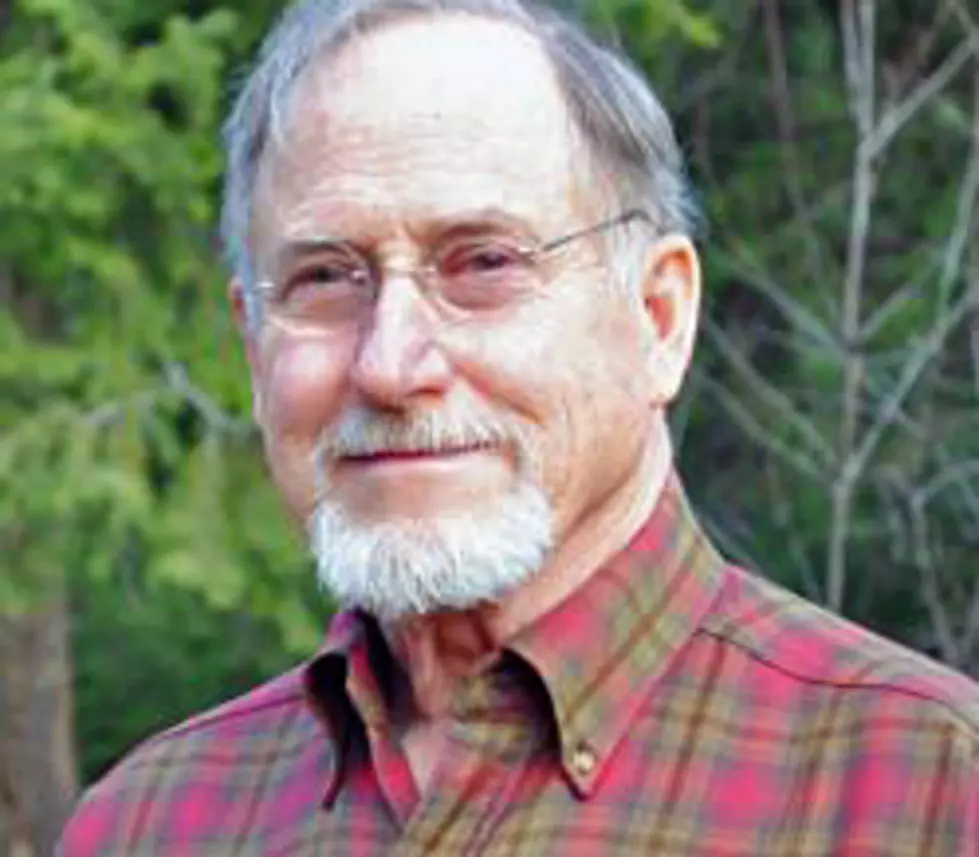
Montana Viewpoint: Our money or your life?
I cribbed – and modified – that line from an old radio show, the Jack Benny Hour. Benny was a notorious skinflint who, in one episode, was the victim of a hold-up. “Your money or your life!” says the bandit. No answer. “I said, your money or your life!” “I’M THINKING!” says Benny.
That, in a sense is the kind of scenario we are facing with opening up the economy by relaxing restrictions on human contact while still faced with increasing deaths from Covid-19. It is a hard, but simple choice; which is more important, money or lives? And what is a life worth?
Believe it or not, economists peg the economic value of a human life at $9.3 million dollars. They do that based on decades of research on the extra salary demanded by people who do life-threatening work and peg the value of a life on that amount.
I am not going to argue that figure because I don’t know how, but it is certainly better than the $1.34 that was offered in the 1950s. It wasn’t much ($9.53 in today’s dollars) but then it was just the market value of the raw materials that make up the human body. How much the calcium contained in the bones was worth, for example.
We know that the emotional cost of a death to a family is incalculable, and we know that lawsuits for “wrongful death” can go higher than the aforesaid $9.3 million, but that is the figure that will be used in the cold calculations that some will use in deciding when and how to restart the economy.
Just in case you’re wondering, at that cost it would take 107,527 lives to reach a trillion dollars, a number of deaths that is not very far-fetched; as of this writing (April 26, 2020) the CDC lists 50,439 deaths in the United States.
There is a fascinating piece of research by economists at Northwestern University that describes scenarios that policymakers could look at. What makes it especially interesting is that it is a blend of epidemiology, which takes into account the statistical data of an epidemic – number of cases, death rate, likelihood of infection – and economics which also relies on statistical data but in addition factors into its projections how human behavior changes under various scenarios and how those changes will affect the economic outcome. The researchers argue for a flexible containment policy based on the decrease or increase in deaths.
If it comes down to minimizing the effect on the economy by letting nature take its course, there will be millions of deaths as the price to pay. Assuming there are no governmental restrictions, and that people change their social behavior only as much as they think is necessary for their own protection, people won’t make many changes.
If, however, the medical system is overwhelmed and people see that if they get sick they won’t get treated, their behavior becomes more conservative. If there is a policy of total containment imposed, there will be fewer deaths with enormous economic consequences, but more importantly, total containment will not allow exposure to the disease and therefore will not allow people to build up an immunity to it. This will lead to a second breakout of the pandemic.
But what if a vaccine is developed for Covid-19? It depends on the timing, say the researchers. If a vaccine is more than a year away it will come at a time when the pandemic is waning on its own, so there would need to be little change in containment policy. But if the vaccine is less than a year away the incentive should be to save as many lives as possible by rigorous containment until people can be vaccinated.
So it’s complex, but there are two certainties; there will be a severe recession (from which the economists predict a healthy long-term recovery) and a lot of people will die. How severe a recession and how many deaths will be determined by policy makers balancing economics against peoples lives. It might be an easy choice if we didn’t have a dog in the fight.
I wish us all good luck.
Jim Elliott served sixteen years in the Montana Legislature as a state representative and state senator and four years as chairman of the Montana Democratic Party. He lives on his ranch in Trout Creek. Montana Viewpoint appears in weekly papers across Montana and online at missoulacurrent.com.
